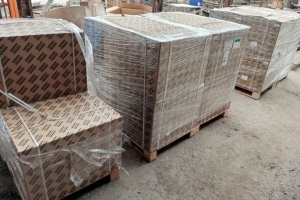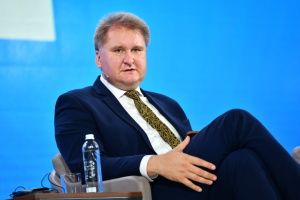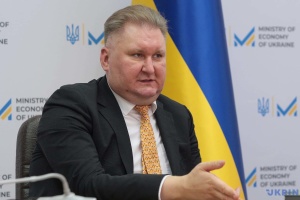
Ukraine’s GTS technically ready to annually ship 146 bcm of gas - operator chief
That’s according to CEO of Gas TSO of Ukraine, Serhiy Makogon, who spoke at a virtual discussion"Nord Stream 2 and Turkish Stream 2: What should Europe do?” held under the auspices of the Brussels-based European Policy Center (EPC), an Ukrinform correspondent reports.
"Our gas transmission system is maintained in very good condition. We invest about $200 million annually in maintenance and repairs, and another $100 million to $200 million – in capital investment. So we are investing a lot, and our system is ready to supply 146 billion cubic meters of gas, at full transit capacity. We never disconnected or decommissioned any of our compressor stations. So everything is ready for use at full capacity," said Makogon.
The official stressed the fact that the capacity of the Ukrainian GTS significantly exceeds that of both lines of Russia’s Nord Stream (about 110 bcm - ed.), and that Gazprom doesn’t use even half of the capacity Ukraine offers. Therefore, the Kremlin has initially eyed Nord Stream 2 as a geopolitical weapon to exert pressure on Ukraine and Europe, as well as to sow discord among EU member states.
"The transformation of Nord Stream 2 into a weapon is not a hypothetical scenario, not a one-time event. This is a process that will begin as soon as the pipeline is operational. The situation is deteriorating from a political perspective, but no one can predict what other dramatic events may unfold once the EU attempts to respond. Most EU countries objected to the Nord Stream 2 construction, but this didn’t stop the Kremlin from putting pressure as it sought to complete it at any cost," said the CEO of Gas TSO of Ukraine.
"The decision to (allow Russia to - ed.) complete the project was a terrible idea. It was made under pressure, and is a demonstration of weakness, which both Germany and Europe will later regret," the Ukrainian official added.
As Ukrinform reported earlier, over the last month gas prices in the EU energy markets have been growing steadily and have almost reached the psychological mark of $1,000 per 1,000 cubic meters. This is taking place against the background of the NS2’s ongoing certification process, as well as Gazprom's refusal to supply additional gas volumes to the EU.
As a result, the gas reserves in European gas storage facilities are currently only at about 73% of what is required to safely pass through the winter period.




